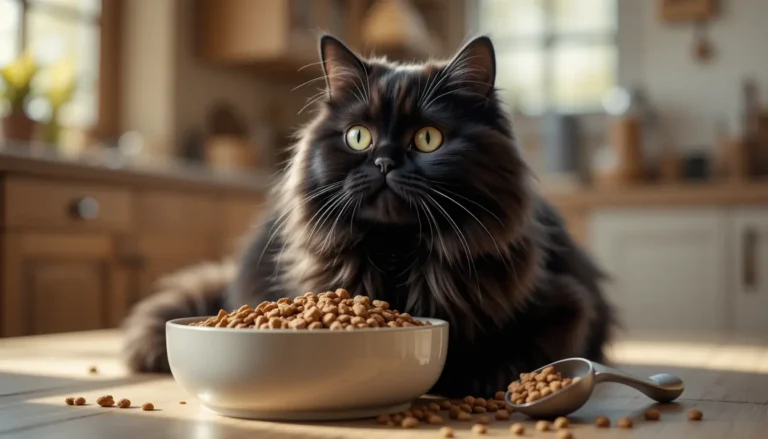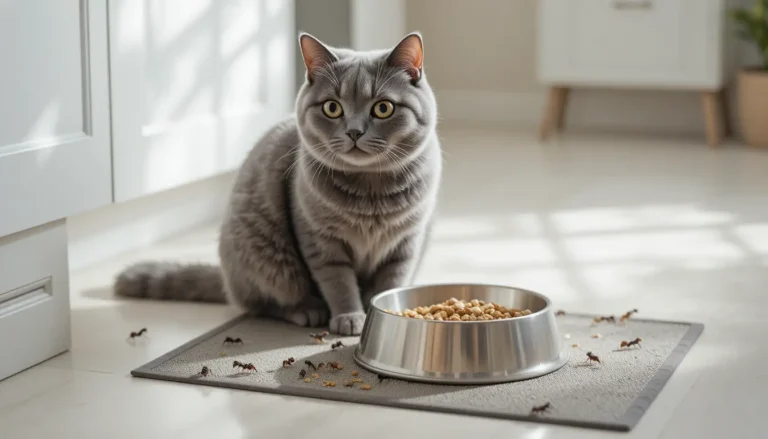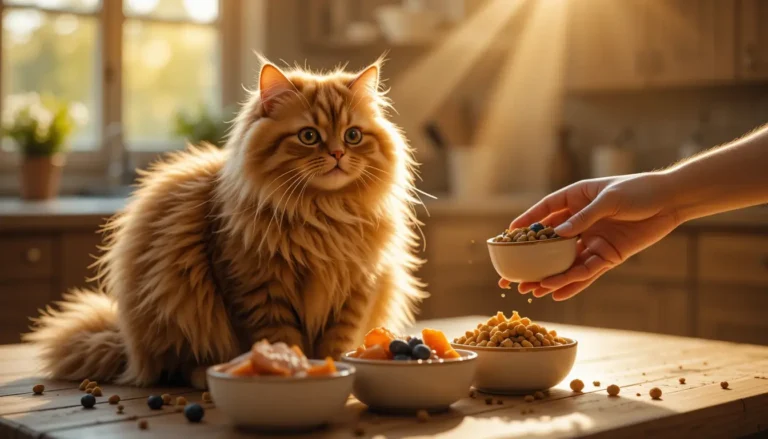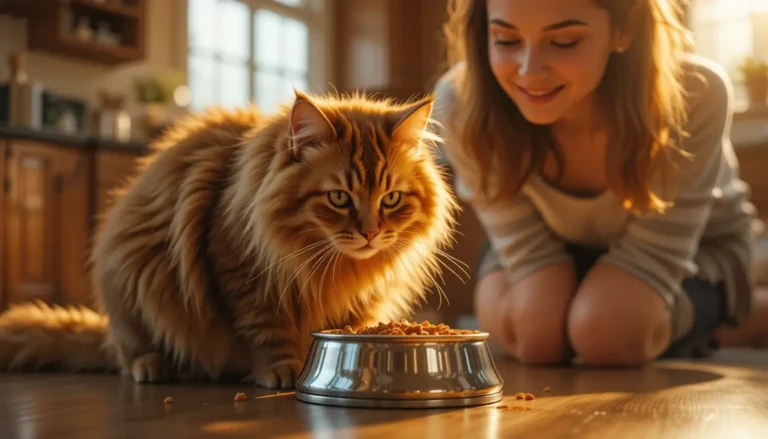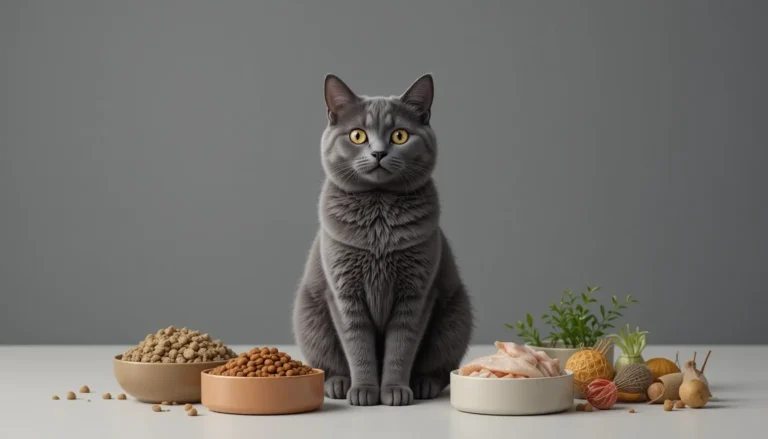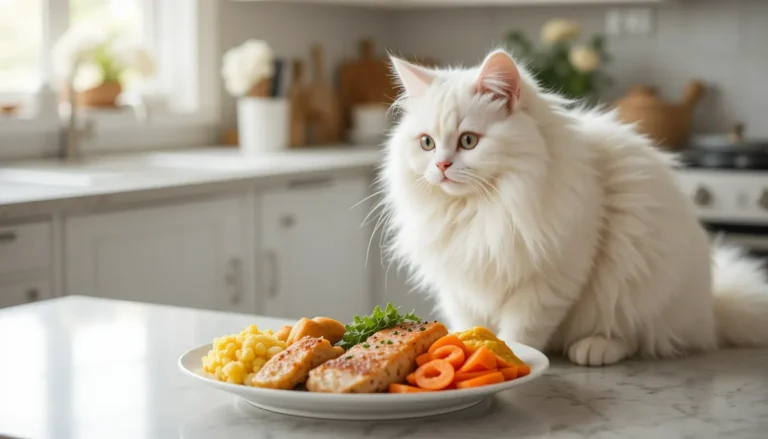Can Kittens Eat Adult Cat Food?
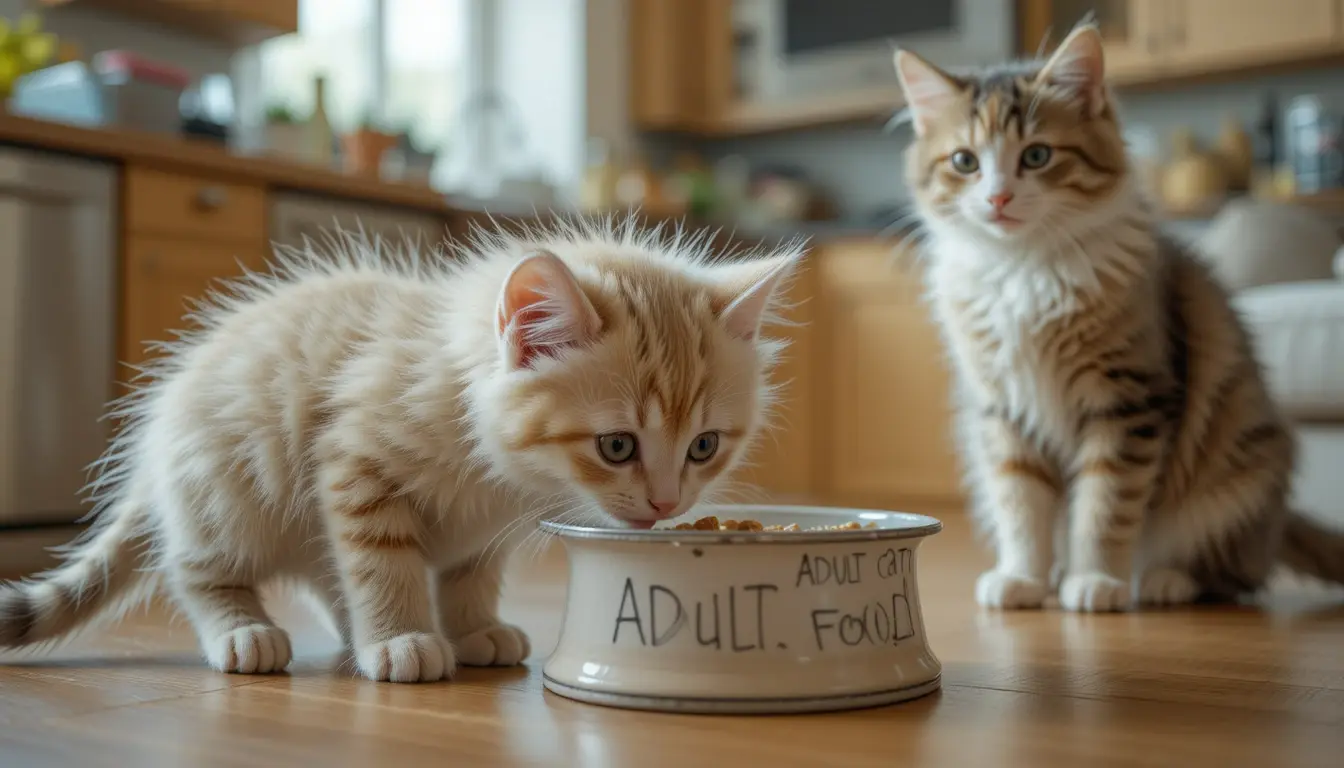
Alright, fellow cat lover, let’s settle this once and for all. Can kittens eat adult cat food? Or are you basically setting them up for a lifelong identity crisis?
Do I really need to buy special kitten food? Your adult cat eats from a shiny bowl of kibble that looks pretty much the same. So, what gives?
In this blog let’s talk about kittens, nutrition, timing, and how to avoid turning your baby cat into a grumpy adult with tummy issues.
Why Kittens Can’t Just Chow Down on Adult Cat Food
Ever tried feeding a toddler a steak and calling it a day? The same logic applies here. Kittens have different nutritional needs than adult cats. It’s not just marketing hype (though cat food companies do love that).
What Makes Kitten Food Special?
Kitten food isn’t just a small kibble in a cuter bag. It’s got the goods your growing kitty needs, like:
- More calories: These little furballs burn energy like they’ve had five shots of espresso.
- Extra protein and fat: Because bones, muscles, and brains don’t build themselves.
- Higher levels of DHA and other fatty acids: Crucial for brain and vision development.
- Key vitamins and minerals: Think calcium, phosphorus, and taurine (aka the cat version of a multivitamin).
When Can Kittens Eat Adult Cat Food?
Now that we’ve firmly established you shouldn’t treat kitten nutrition like an optional side quest, let’s talk timing.Most kittens should switch to adult cat food around 12 months old. Why 12 months? That’s when most cats reach adulthood not just in size, but in their metabolic and nutritional needs.
Here’s a quick breakdown:
- Small to medium breed kittens (e.g., your average domestic short hair): 12 months is solid.
- Large breed cats (like Maine Coons): They mature more slowly, so they might need kitten food up to 15–18 months.
- Overweight kittens: Might need an earlier switch to prevent bad habits.
Signs Your Kitten’s Ready
You don’t need a PhD in feline nutrition to know when it’s time. Just look for these signs:
- Slower growth : If your kitten isn’t packing on pounds weekly, they’re probably hitting their adult stride.
- Less hyperactivity :If they’re not tearing around the house at 2 A.M they might be growing up (sniff).
- Eating more adult portions:When they start eating like a grown-up, it might be time to feed them like one.
How to Switch from Kitten Food to Adult Food
You can’t just dump a new bag of food in their bowl and expect fireworks. Especially about their food. The feeding process is slow because sudden switches can lead to vomiting, diarrhea, or your cat flat-out refusing to eat.
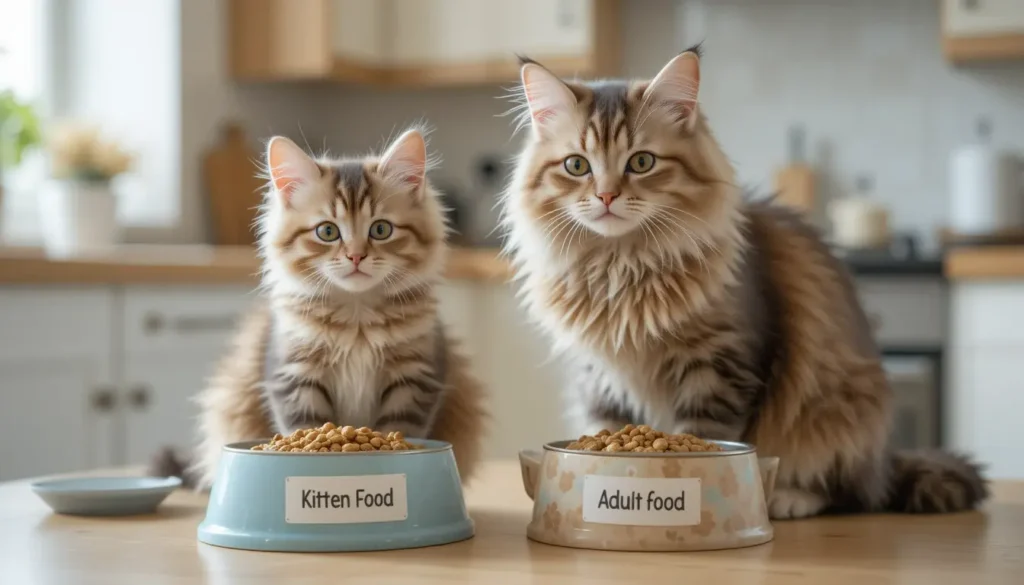
Do a Gradual Switch Over 7–10 Days
Here’s the transition method that saved me from feline side-eye (and stomach issues):
- Day 1–2: 75% kitten food, 25% adult food
- Day 3–4: 50/50 mix
- Day 5–6: 25% kitten food, 75% adult food
- Day 7–10: 100% adult food
Can You Mix Kitten and Adult Cat Food?
Short answer is Yes, but you shouldn’t do it long-term.
Mixing might be okay during the transition period (or if you’re feeding multiple cats and one’s still a kitten). Just make sure the kitten gets enough of their nutrient-rich food, or you’ll risk shortchanging their development.
Adult cat food lacks the energy and nutritional density growing kittens need. So unless you want a perpetually small, undernourished cat, don’t treat it like a forever solution.
What Happens If a Kitten Eats Adult Cat Food?
If your kitten sneaks a few bites of adult food, they’re not going to explode. It’s not toxic or anything.
But if they eat it regularly?
- They may not grow properly.
- They can end up underweight.
- They might lack key nutrients like taurine or DHA.
- They’ll probably beg you for snacks more often because adult food isn’t as filling for them.
How to Know You’re Feeding the Right Food
I’ve definitely stood in the cat food aisle, staring at a bunch of bags that all look the same, wondering if I’m a bad pet owner. Don’t worry! Just look at the label for these things:
Check the Label for These Things:
- “Complete and balanced for growth this means it’s made for kittens.
- “Complete and balanced for maintenance, this one’s for adult cats.
- AAFCO’s statement shows the food meets proper nutrition rules. If it’s not there, don’t buy it.
What About “All Life Stages” Cat Food?
You might’ve seen some bags labeled “For All Life Stages” and thought: Sweet! One food to rule them all! Not so fast.
Here’s the deal:
- “All Life Stages” food meets the minimum for kitten and adult nutrition.
- Sounds great, but it usually means higher calories and fat which adult cats don’t always need.
- It can work in multi-cat homes, but it’s not always ideal for weight control or seniors.
- It’s okay in a pinch, but I prefer feeding age-specific food. Why give your senior cat a high-octane diet if she spends 20 hours a day sleeping in the sun?
Conclusion
If you’re worried about getting everything “perfect,” just remember: your cat already thinks you’re the best thing ever like a human-sized laser pointer. As long as you’re doing your best, you’re doing great. Don’t forget to save this for later, especially if you’re in Saudi or the UAE and part of the TayyibCats family.

